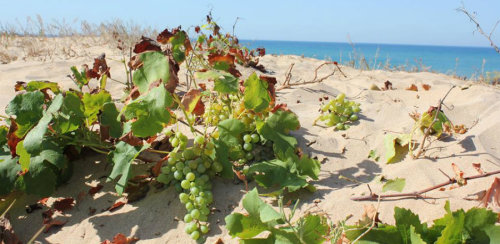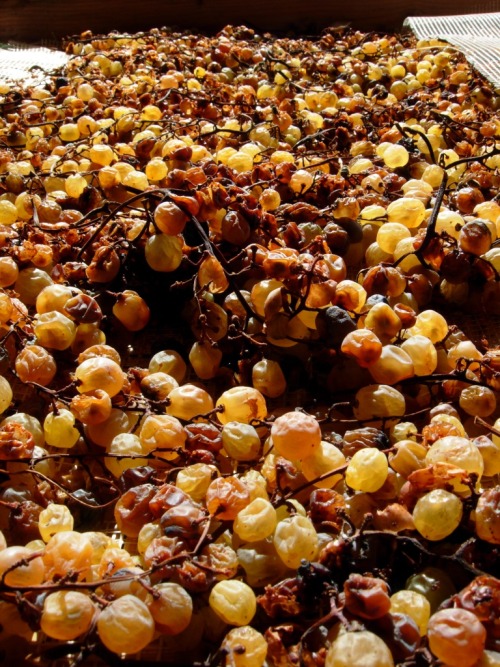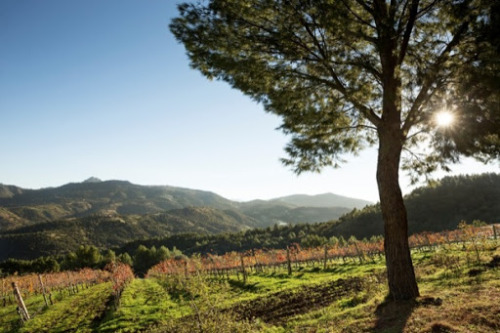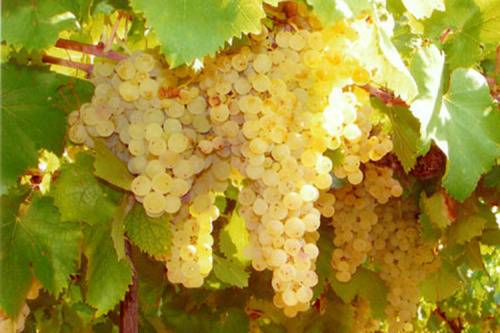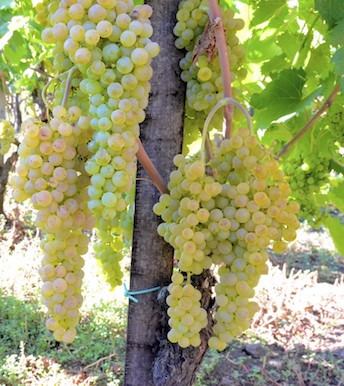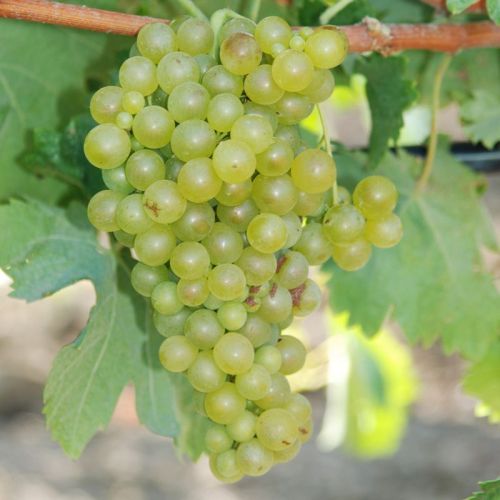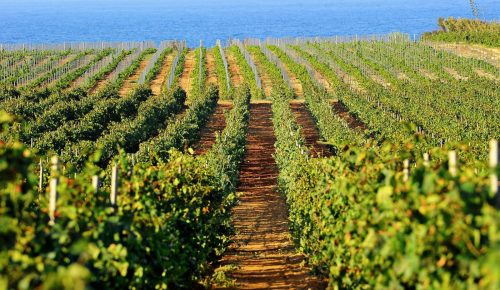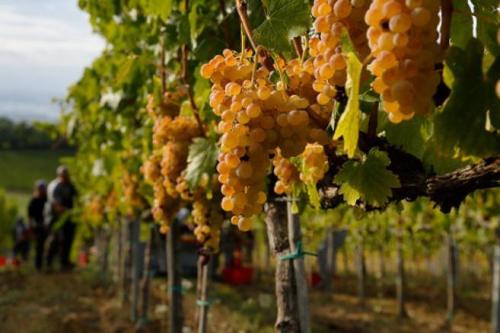BIANCHI DI SICLIA - La prima foto è di una vita di Inzolia che è capace di nascere e crescere anche
BIANCHI DI SICLIA - La prima foto è di una vita di Inzolia che è capace di nascere e crescere anche sulla sabbia della spiaggia. Zibibbo messo ad appassire per acquistare in dolcezza. Grappolo di Zibibbo, acini tondi, dolcissimi. Filari di Grecanico. Grappoli di Malvasia. Grappoli di Carricante (2 foto). Un grappolo di Cattaratto. Vigneto di Grillo. Grappoli di Grillo.Vi sono donne che della vita ti donano la necessaria forza, la stimolante passione, l’appagante intensità, riempiono la tua anima, ne sottolineano il senso e sono come un giorno o una notte d’estate, un’avvolgente ed esaudiente compagna, che porta consiglio e toglie dall’anima le spine del giorno. Questi sono i vini rossi. Vi sono poi donne che donano il senso dei fiori, che celebrano la leggerezza della primavera, la vitale ebrezza di un amore e di cui sai di poterti nutrire senza paura, per la semplicità che hanno, la devozione che portano e la luce di cui sono fatte. Sono come una giornata di primavera, trasparenti e dal sentore di fiori, piene di allegria e di generoso, brillante amore. Questi sono i vini bianchi. Ed è questa la bellezza dei vini e l’abilità degli enologi: creare personalità diverse che possono saziare ogni parte della tua. Io mi avvicino ai rossi con rispetto ed ai bianchi con allegria. Amo quest’ultimi come si ama un arcobaleno o un albero in fiore, sia che siano dei più rinomati, sia che siano quei bianchi umili e poveri che ti servono come vino della casa nelle piccole trattorie fuorimano.Inizio a parlare delle uve bianche siciliane partendo dal mitico ed antichissimo Zibibbo, la dolce uva che da piccolo per me era il bacio degli dei, tanto era dolce e forte. Non che io bevessi vino (mio nonno mi riempì mezzo bicchiere solo quando avevo vent’anni), ma il vino dolcissimo di Zibibbo rientrava in molte ricette di dolci e il suo solo profumo apriva il cuore.Il Grillo fu una scoperta inaspettata. Fino a pochi anni fa era miscelato con le più famose uve di Inzolia, Catarratto e Damaschino per produrre Marsala. Quando lo scoprii in una piccola trattoria in riva al mare il suo gusto fruttato esaltava il pesce e brillava in bocca mentre scendeva leggero in gola a rinfrescare dalla calda giornata. Amo molto l’Inzolia, l’uva portata dai normanni, anche lei usata a dare leggerezza ed aromi al Marsala o ad altri vini. Da solo però appare semplice ma conquista la sua vellutata freschezza, il suo sapore di erbe e nocciola, la sua intensità fruttata. Del Catarratto non ho memoria perché è un’uva usata per consolidare altri grandi vini della Sicilia orientale e dell’Etna, ma ne rafforza il corpo e ne accende il profumo.Il Carricante è stata una piacevole sorpresa perché avevo sempre pensato i vini dell’Etna come intensamente rossi e con un corpo spesso e pesante. Invece con quest’uva si produce anche un ottimo Brut metodo Champagne. La sua natura vulcanica si capisce dalla sua salinità ma l’aroma floreale ed il gusto di mela e di anice stupiscono e allietano.Il Grecanico è un vino di famiglia. Cerco di averne sempre una bottiglia in frigo perché si beve facilmente arricchendo il gusto con qualsiasi piatto.Il Moscato Bianco è un'altra uva preziosa con cui si produce il Moscato di Noto DOC, vino da dessert armonico e raffinato, troppo nobile forse per la nostra tavola.La Malvasia Bianca è un'altra uva il cui vino è sempre piaciuto moltissimo agli inglesi da Shakespeare che lo cita nelle sue opere, all’ammiraglio Nelson che ne riempiva le sue navi.Ultimamente molti altri vini non autoctoni si stanno diffondendo per creare vini sempre più raffinati. Tra di essi appare l’eccellenza dei vitigni come lo Chardonnay, il Fiano, il Müller-Thurgau e il Viognier sono forse i più diffusi. Il Sauvignon Blanc e il Reislings stanno iniziando a diffondersi anch’essi per produrre vini di ottima qualità che presto si uniranno a tutti quelli che già appartengono all’Olimpo dei Vini.There are women who give you the necessary strength in life, the stimulating passion, the satisfying intensity, fill your soul, underline its meaning and are like a summer day or night, an enveloping and satisfying companion, who brings counsel and removes the thorns of the day from the soul. These are the red wines. Then there are women who give the meaning of flowers, who celebrate the lightness of spring, the vital thrill of a love and which you know you can feed without fear, for the simplicity they have, the devotion they bring and the light they are. They are like a spring day, transparent and with a scent of flowers, full of joy and generous, brilliant love. These are the white wines. And this is the beauty of wines and the skill of winemakers: to create different personalities that can satiate every part of yours. I approach the reds with respect and the whites with joy. I love the white wine as you love a rainbow or a tree in bloom, whether they are the most renowned, or those humble and poor whites that you serve as house wine in small off-the-beaten-path restaurants.I begin to talk about Sicilian white grapes starting from the mythical and ancient Zibibbo, the sweet grape that as a child was the kiss of the gods for me, it was so sweet and strong. Not that I drank wine (my grandfather filled me half a glass only when I was twenty), but Zibibbo’s sweet wine was part of many dessert recipes and its scent alone opened my heart.The Grillo was an unexpected discovery. Until a few years ago it was blended with the most famous grapes of Inzolia, Catarratto and Damaschino to produce Marsala. When I discovered it in a small restaurant close to the sea, its fruity taste enhanced the fish and sparkled in the mouth as it descended lightly in the throat to cool off from the hot day. I really love Inzolia, the grape brought by the Normans, also used to give lightness and aromas to Marsala or other wines. On its own, however, it appears simple but conquers its velvety freshness, its flavor of herbs and hazelnuts, its fruity intensity.I have no memory of Catarratto because it is a grape used to consolidate other great wines of eastern Sicily and Etna, but it strengthens the body and lights up its aroma.The Carricante was a pleasant surprise because I had always thought of Etna wines as intensely red and with a thick and heavy body. On the other hand, an excellent Champagne Brut method is also produced with this grape. Its volcanic nature can be understood from its salinity but the floral aroma and the taste of apple and anise amaze and cheer.Grecanico is a family wine. I always try to have a bottle in the fridge because it is easy to drink, enriching the taste with any dish.Moscato Bianco is another precious grape with which Moscato di Noto DOC is produced, a harmonious and refined dessert wine, perhaps too noble for our table.Malvasia Bianca is another grape whose wine has always been very popular with the English from Shakespeare who mentions it in his works, to Admiral Nelson who filled his ships with it.Lately many other non-native wines are spreading to create more and more refined wines. Among them appears the excellence of the grape varieties such as Chardonnay, Fiano, Müller-Thurgau and Viognier are perhaps the most widespread: Sauvignon Blanc and Reislings are also starting to spread to produce wines of excellent quality that will soon join all those that already belong to the Olympus of Wines. -- source link
#sicily#sicilia#vinu sicilianu#sicilian food
